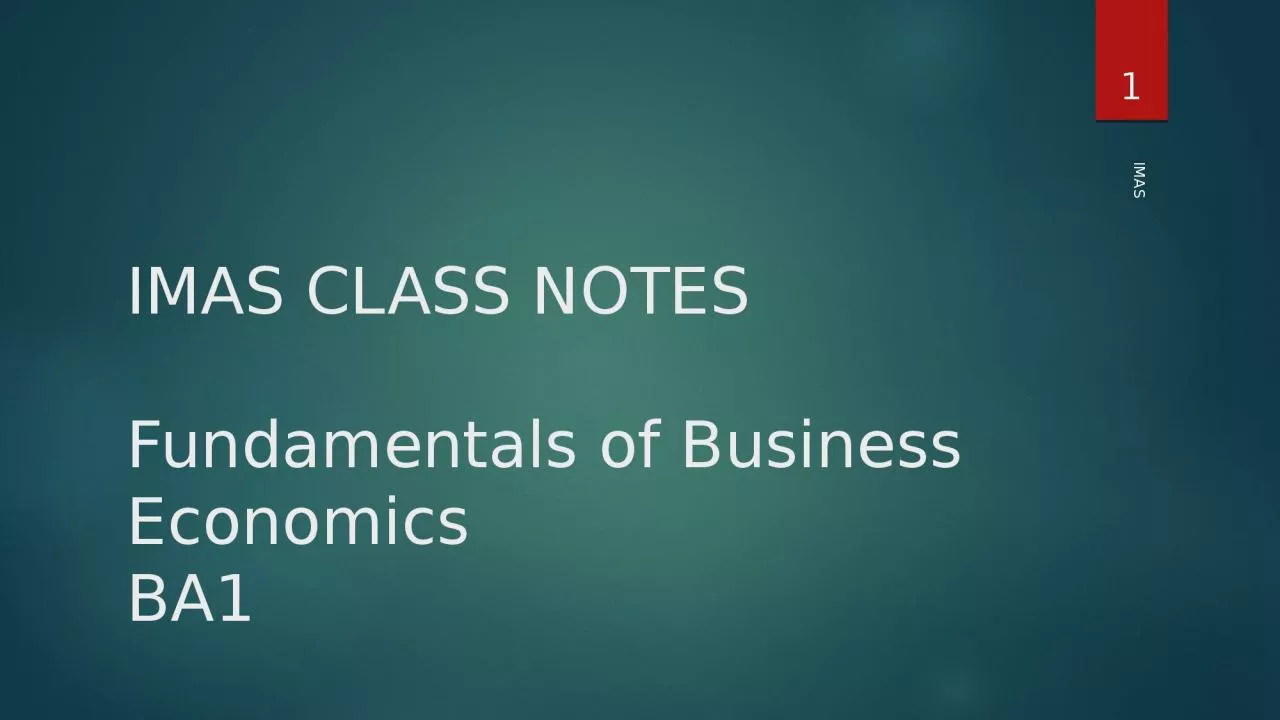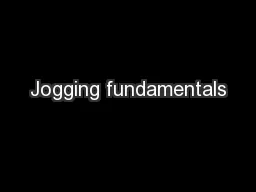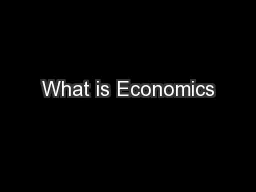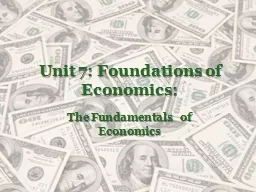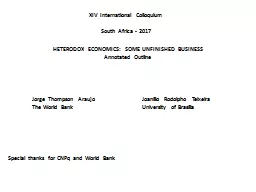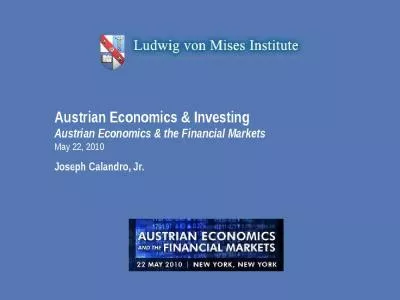PPT-IMAS CLASS NOTES Fundamentals of Business Economics
Author : olivia | Published Date : 2023-10-31
BA1 IMAS 1 Syllabus structure IMAS 2 Examination Objective test questions MCQ Fill in questions Match questions Choose questions True False questions Ranking IMAS
Presentation Embed Code
Download Presentation
Download Presentation The PPT/PDF document "IMAS CLASS NOTES Fundamentals of Busines..." is the property of its rightful owner. Permission is granted to download and print the materials on this website for personal, non-commercial use only, and to display it on your personal computer provided you do not modify the materials and that you retain all copyright notices contained in the materials. By downloading content from our website, you accept the terms of this agreement.
IMAS CLASS NOTES Fundamentals of Business Economics: Transcript
Download Rules Of Document
"IMAS CLASS NOTES Fundamentals of Business Economics"The content belongs to its owner. You may download and print it for personal use, without modification, and keep all copyright notices. By downloading, you agree to these terms.
Related Documents

